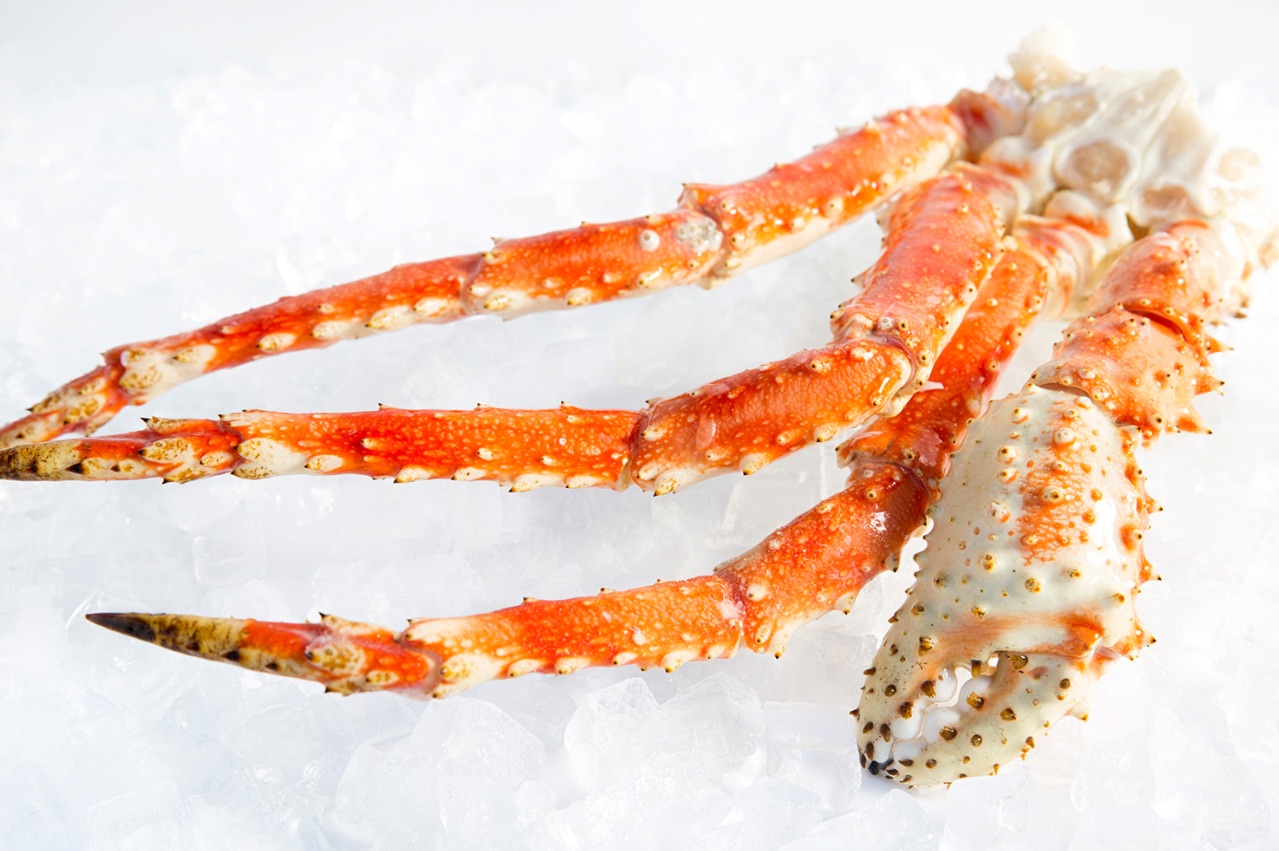

Articles
How To Store Uncooked Crab Legs
Modified: February 28, 2024
Learn how to store uncooked crab legs properly with these helpful articles. Ensure your crab legs stay fresh and flavorful until you're ready to cook them.
(Many of the links in this article redirect to a specific reviewed product. Your purchase of these products through affiliate links helps to generate commission for Storables.com, at no extra cost. Learn more)
Introduction
Crab legs are a delectable seafood option that many people enjoy. Whether you have just returned from a beach vacation or visited a local seafood market, you may find yourself purchasing fresh crab legs. However, if you are not planning to consume them immediately, you may be wondering how to store uncooked crab legs properly.
Properly storing crab legs is crucial to maintain their freshness and flavor. By following a few essential steps, you can ensure that your crab legs remain delicious and safe to eat even days or weeks after purchase.
In this article, we will guide you through the process of choosing and buying fresh crab legs, preparing them for storage, and various methods of storing them in the refrigerator and freezer. We will also provide tips on thawing and cooking stored crab legs while maintaining their quality. So, let’s dive in and learn how to store uncooked crab legs correctly.
Key Takeaways:
- Choose fresh, vibrant crab legs from reputable sources and prepare them by rinsing, optionally partially cooking, and drying before storage to maintain their quality and flavor.
- Store crab legs in the refrigerator for short-term freshness or freeze them for long-term preservation, ensuring proper wrapping and labeling to maximize their shelf life and taste.
Read more: How To Store Crab Legs
Choosing and Buying Fresh Crab Legs
When it comes to buying fresh crab legs, there are a few key factors to consider. By paying attention to these factors, you can ensure that you are purchasing the highest quality crab legs for storage.
First and foremost, it is important to choose a reliable and reputable source when buying crab legs. Look for trusted seafood markets, fishmongers, or grocery stores with a good reputation for their seafood selection. This will increase the likelihood of getting fresh and high-quality crab legs.
Next, consider the appearance and smell of the crab legs. Fresh crab legs should have a vibrant and shiny shell, indicating that they were recently harvested. They should not appear dull or have any discoloration. Additionally, they should have a sweet and briny scent, similar to the ocean. Avoid crab legs that have a strong ammonia smell, as this may indicate that they are not fresh.
The size of the crab legs is another consideration. Depending on your preference and intended use, you can choose from various sizes, ranging from petite to jumbo. Keep in mind that larger crab legs will generally have more meat, but they may also require longer cooking times.
Lastly, check for any signs of damage or dryness. The crab legs should feel heavy and moist, indicating that they are fresh and filled with succulent meat. Avoid crab legs that appear dry or have cracks or visible damage, as this may affect the quality and taste.
By following these guidelines and using your senses to assess the freshness of the crab legs, you can confidently select the best ones for storage, ensuring a delightful culinary experience when you are ready to cook them.
Preparing Crab Legs for Storage
Before storing crab legs, it is essential to prepare them properly to maintain their quality and freshness. This involves a few simple steps that will help preserve the taste and texture of the crab legs.
Start by rinsing the crab legs under cold water to remove any debris or excess salt. Gently scrub the shells with a brush or your hands to ensure they are clean. This step is particularly important if you purchased the crab legs directly from the beach or a local seafood market.
Once the crab legs are clean, you may choose to partially cook them before storing. Partially cooking the crab legs helps to kill any harmful bacteria while preserving their flavor. Bring a large pot of water to a boil and place the crab legs in the boiling water for about 5 minutes. Remove the crab legs from the boiling water and immediately transfer them to a bowl filled with ice water to stop the cooking process. This step is optional but highly recommended to ensure food safety.
After partially cooking the crab legs, pat them dry with paper towels to remove any excess moisture. Moisture can promote the growth of bacteria and lead to spoilage, so it’s crucial to dry them thoroughly.
Finally, you may choose to separate the crab legs into smaller portions before storing. This allows for easier thawing and portion control when you are ready to cook them. Using a sharp knife or kitchen shears, carefully cut the crab legs into desired-sized sections. Alternatively, you can leave them as whole legs if you prefer.
By following these preparation steps, you can ensure that your crab legs are clean, partially cooked (optional), and ready for storage, extending their shelf life and maintaining their quality until you are ready to enjoy them.
Storing Crab Legs in the Refrigerator
Storing crab legs in the refrigerator is a convenient option if you plan to consume them within a few days. The cool temperature of the refrigerator helps slow down bacterial growth and keep the crab legs fresh. Here’s how you can store them:
- Place the prepared crab legs in an airtight container or wrap them tightly in plastic wrap. This will help prevent any odor from transferring to other foods in the refrigerator.
- Make sure the container or plastic wrap is sealed tightly to maintain the freshness of the crab legs.
- Store the crab legs in the coldest part of the refrigerator, such as the back of the lower shelves or in the meat drawer.
- Keep the refrigerator temperature at or below 40°F (4°C) to ensure the crab legs stay fresh and safe to eat.
- Check the crab legs regularly for any signs of spoilage, such as a foul odor or slimy texture. If you notice any signs of spoilage, discard them immediately.
- Consume the crab legs within 2-3 days for optimal freshness and flavor.
It’s worth noting that while storing crab legs in the refrigerator is a viable option for short-term storage, it is best to consume them within a few days to enjoy their full freshness. If you plan to store them for a longer period, it’s recommended to use the freezer storage method, which we will discuss next.
By following these steps, you can safely store crab legs in the refrigerator and enjoy them at their best for a few days before they start to lose their quality.
Store uncooked crab legs in the coldest part of the refrigerator, ideally below 40°F (4°C). Keep them in a sealed container or a resealable plastic bag to prevent any potential leakage or cross-contamination with other foods.
Storing Crab Legs in the Freezer
If you have purchased a larger quantity of crab legs or want to store them for an extended period, freezing is an excellent preservation method. Freezing crab legs helps maintain their freshness and flavor for several months. Here’s how you can store crab legs in the freezer:
- Start by wrapping the prepared crab legs tightly in plastic wrap or placing them in airtight freezer bags. This will prevent freezer burn and maintain the quality of the crab legs.
- If using freezer bags, squeeze out as much air as possible before sealing to reduce the risk of ice crystals forming.
- Label the wrapped crab legs with the current date to keep track of their freshness.
- Place the wrapped crab legs in the coldest part of the freezer, such as the back or bottom shelf.
- Keep the freezer temperature at or below 0°F (-18°C) for optimal storage conditions.
- Ensure that the crab legs are not in contact with any strong-smelling foods in the freezer, as they can absorb odors.
- When storing multiple packages of crab legs, try to create a flat and even layer to maximize freezer space.
- Consume the frozen crab legs within 3-4 months for the best quality and flavor.
When you are ready to use the stored crab legs, it’s important to thaw them properly to preserve their taste and texture. To thaw frozen crab legs, transfer them from the freezer to the refrigerator and allow them to thaw slowly overnight. This gradual thawing method helps prevent moisture loss and ensures that the crab legs retain their delicious flavor.
Remember to never refreeze crab legs that have been thawed, as it can affect their quality and safety. Instead, plan your portions appropriately to avoid waste.
By following these freezing and thawing guidelines, you can store crab legs in the freezer for several months, allowing you to enjoy the taste of fresh crab whenever you’re in the mood for a seafood feast.
Read more: How To Store Cooked Crab Legs
Thawing and Cooking Stored Crab Legs
Once you have properly thawed your stored crab legs, it’s time to cook them to perfection. Here are some guidelines for thawing and cooking stored crab legs:
- Thawing: To thaw frozen crab legs, transfer them from the freezer to the refrigerator and allow them to thaw slowly overnight. This method ensures that the crab legs retain their moisture and flavor.
- Cooking: There are several delicious ways to cook crab legs. Here are a few popular methods:
- Steaming: Fill a pot with about two inches of water and bring it to a boil. Place the crab legs on a steaming rack or colander in the pot, ensuring they don’t touch the water. Cover the pot and steam the crab legs for 5-7 minutes.
- Boiling: Fill a large pot with water and bring it to a boil. Add the thawed crab legs to the boiling water and cook for 5-7 minutes. Drain the crab legs and serve them hot.
- Oven-Baking: Preheat your oven to 375°F (190°C). Place the thawed crab legs on a baking sheet and brush them with melted butter or your desired seasoning. Bake for 10-12 minutes or until they are heated through.
- Serving: Once cooked, serve the crab legs hot with melted butter, lemon wedges, and your favorite seafood accompaniments like cocktail sauce or tartar sauce.
It’s important to note that cooking times may vary depending on the size of the crab legs and your preferred method of cooking. Make sure to monitor the cooking process closely to avoid overcooking, as this can result in tough and dry crab meat.
With these tips in mind, you can thaw and cook your stored crab legs to perfection, delighting your taste buds with the sweet and succulent flavors of fresh crab.
Tips for Maintaining Freshness
To ensure the optimal freshness and flavor of your crab legs, it’s important to follow a few additional tips. These tips will help you maintain the quality of the crab legs throughout the storage process:
- Buy Fresh: Start with fresh crab legs from a reputable seafood vendor or market. Choose crab legs that have a shiny shell, a sweet ocean scent, and no signs of damage or dryness. Fresh crab legs will have a better taste and texture when stored.
- Proper Handling: Handle the crab legs with clean hands to prevent contamination. Rinse them under cold water to remove any debris or excess salt before storage.
- Storage Containers: Whether storing in the refrigerator or freezer, use airtight containers or tightly sealed plastic wrap to prevent odors from transferring and to maintain freshness. This will also protect the crab legs from freezer burn if stored in the freezer.
- Temperature Control: Keep your refrigerator at or below 40°F (4°C) and the freezer at or below 0°F (-18°C) to ensure the crab legs stay fresh. Regularly check and monitor the temperature to ensure it remains consistent.
- Rotation and Labeling: If storing multiple packages, practice the first-in, first-out (FIFO) method. Place newly purchased or prepared crab legs at the back of the storage area and use the older ones first. Label the packages with the date of storage to keep track of their freshness.
- Separate Strong Odors: Avoid storing the crab legs with strong-smelling foods in the refrigerator or freezer as they can absorb odors. Keep them in a separate compartment or use a dedicated section for seafood.
- Frequent Checks: Regularly check the stored crab legs for any signs of spoilage like a foul odor, slimy texture, or discoloration. If you notice any of these signs, discard them immediately to prevent foodborne illness.
- Proper Thawing: When thawing crab legs, opt for slow thawing in the refrigerator rather than room temperature or microwaving, as it helps retain moisture and preserves the flavor.
- Portion Control: If you plan to use only a portion of the crab legs, consider separating them into smaller portions before storing. This makes it easier to thaw and prevents the need for refreezing.
By following these tips, you can maximize the freshness and flavor of your stored crab legs, ensuring that each bite is a delightful seafood experience.
Conclusion
Storing uncooked crab legs properly is essential to maintain their freshness and flavor. By following the steps outlined in this article, you can ensure that your crab legs remain delicious and safe to eat, whether you choose to store them in the refrigerator or freezer.
When buying fresh crab legs, choose a reputable source and pay attention to factors like appearance, smell, and overall quality. Properly preparing the crab legs for storage, such as rinsing them, partially cooking if desired, and drying them thoroughly, helps preserve their taste and texture.
For short-term storage, the refrigerator is ideal. Place the prepared crab legs in an airtight container or wrap them tightly in plastic wrap before storing them in the coldest part of the refrigerator. Consume them within 2-3 days for the best quality.
If you have a larger quantity or want to store the crab legs for a longer period, freezing is the best option. Wrap the crab legs tightly in plastic wrap or place them in airtight freezer bags, and store them in the coldest part of the freezer. Thaw the frozen crab legs slowly in the refrigerator before cooking.
When it’s time to cook the stored crab legs, employ methods such as steaming, boiling, or oven-baking to bring out their delicious flavors. Serve them hot with your preferred accompaniments for a delightful seafood feast.
Remember to follow proper food handling guidelines, maintain the appropriate storage temperatures, and check for any signs of spoilage regularly. By following these tips, you can enjoy the taste of fresh crab legs even after they have been stored for a period.
In conclusion, with the right approach to choosing, preparing, and storing uncooked crab legs, you can savor their exquisite taste and enjoy a satisfying seafood experience whenever you desire.
Frequently Asked Questions about How To Store Uncooked Crab Legs
Was this page helpful?
At Storables.com, we guarantee accurate and reliable information. Our content, validated by Expert Board Contributors, is crafted following stringent Editorial Policies. We're committed to providing you with well-researched, expert-backed insights for all your informational needs.
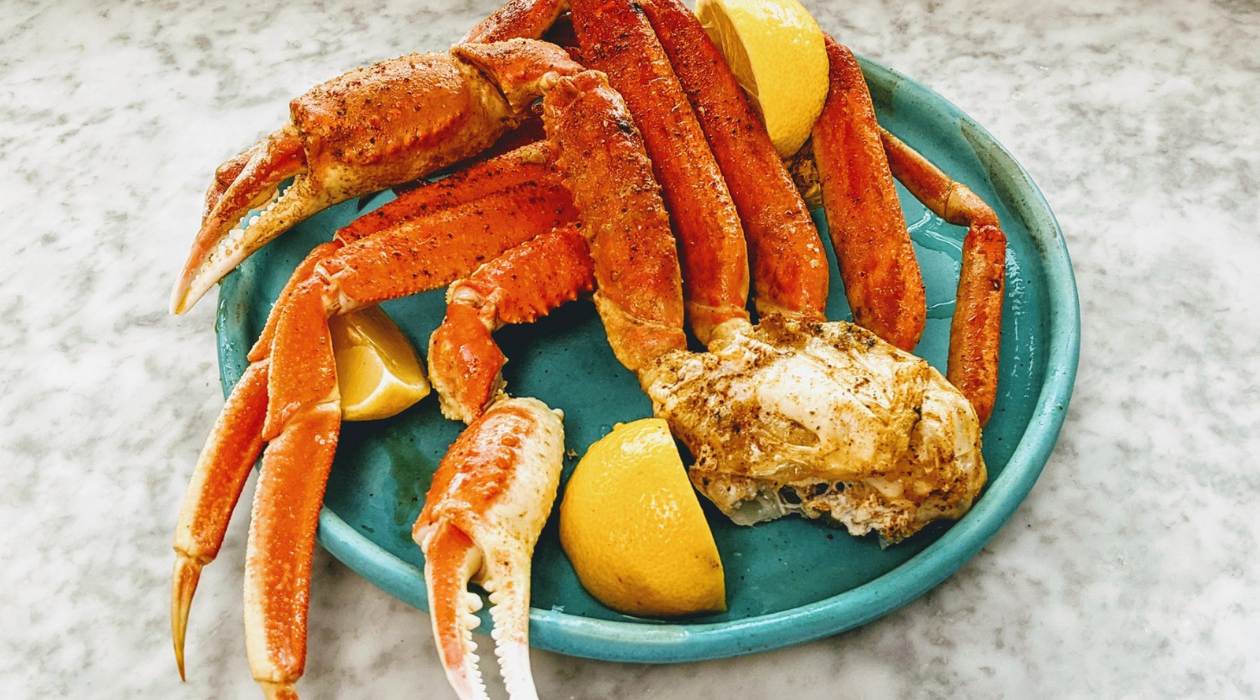
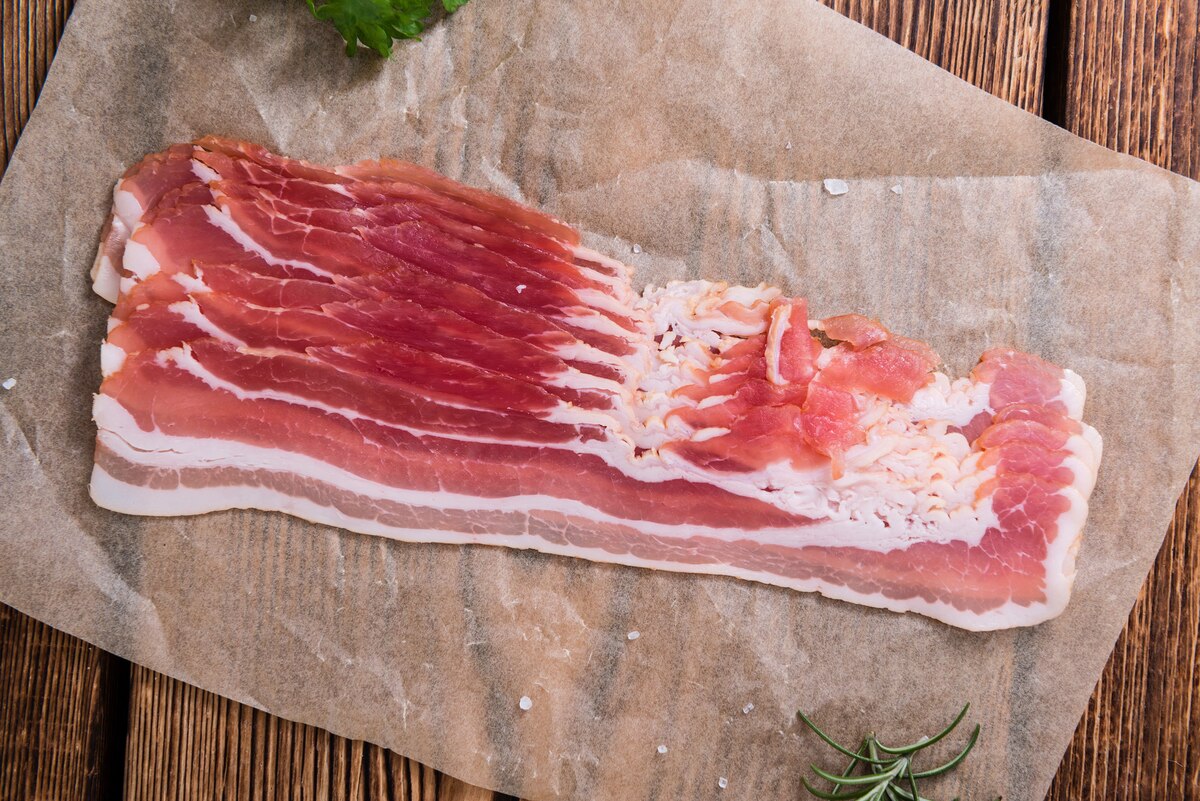
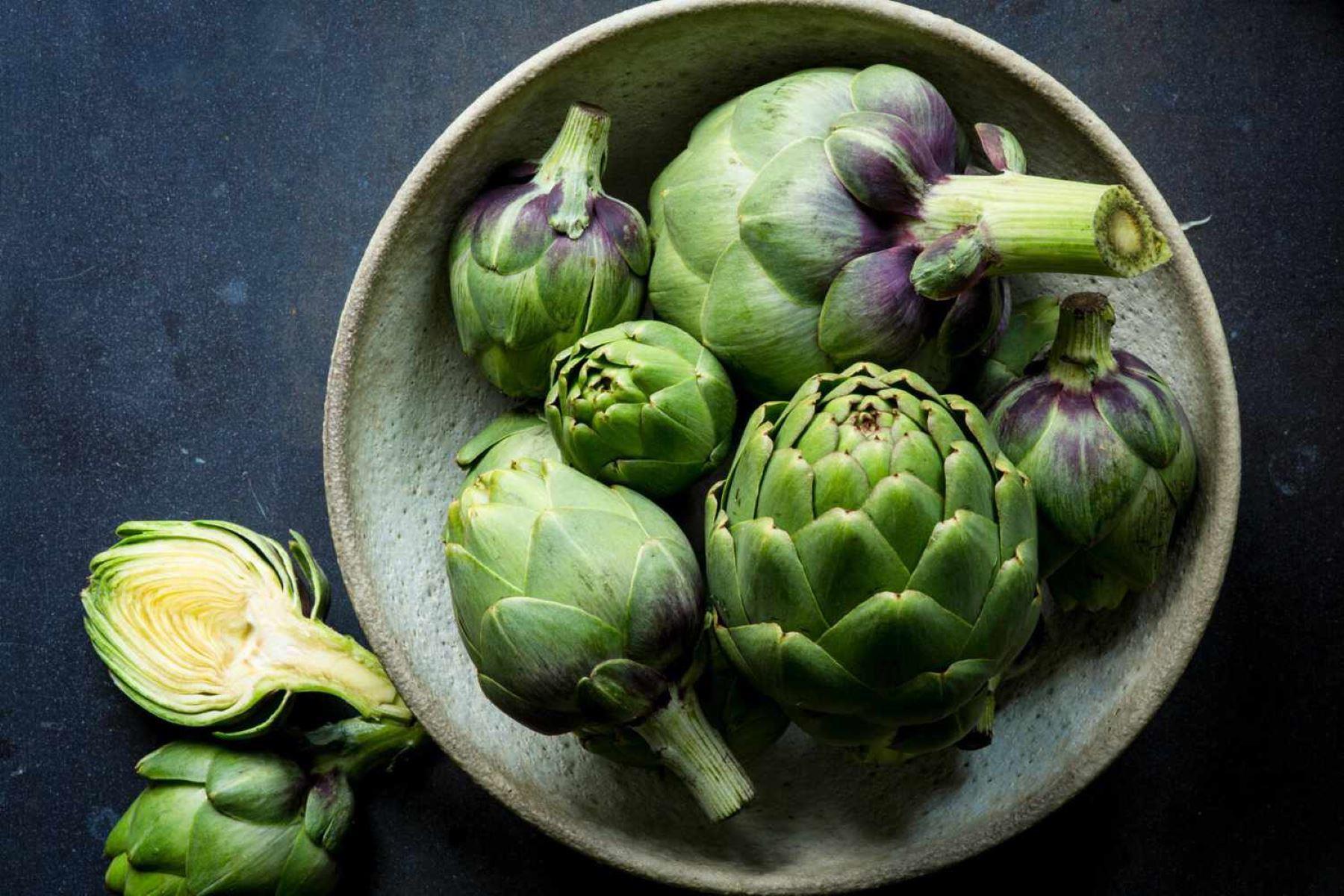
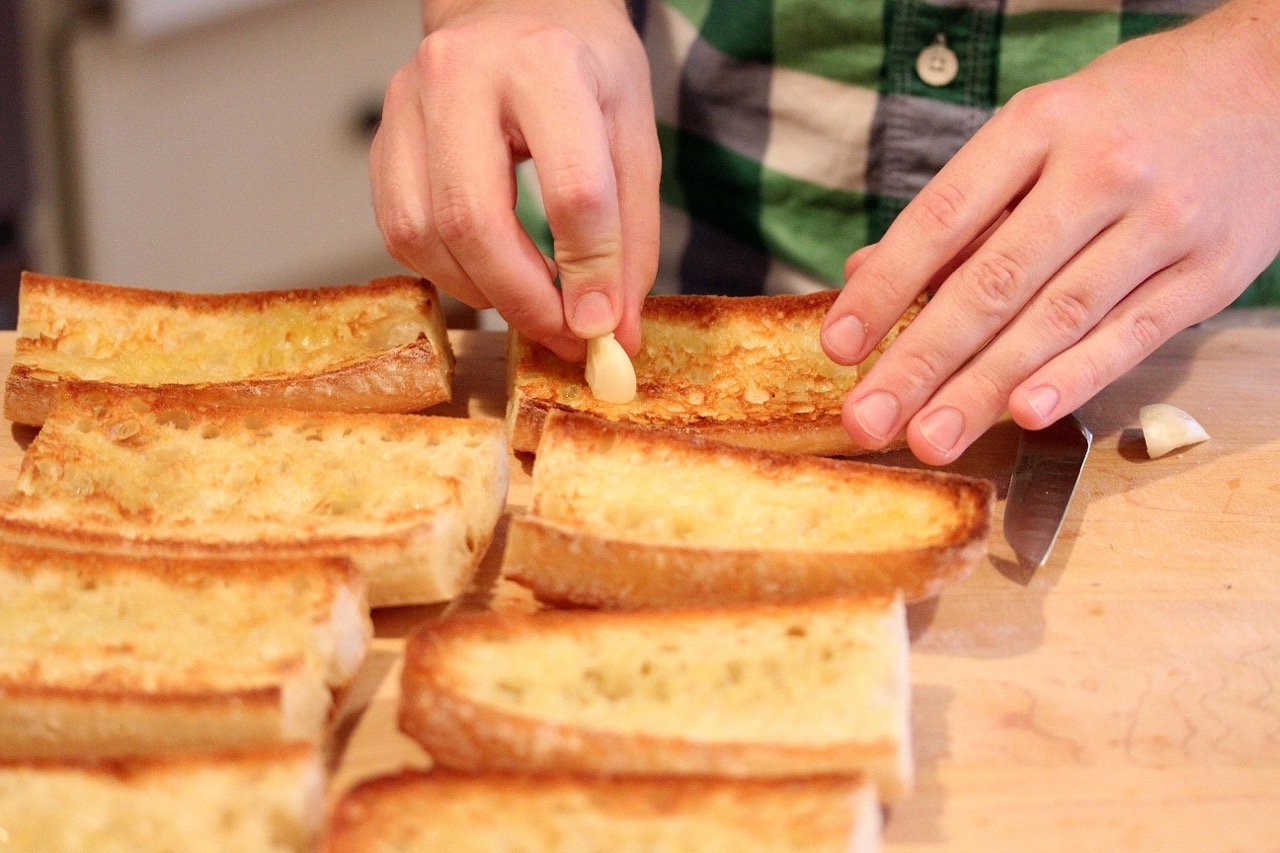
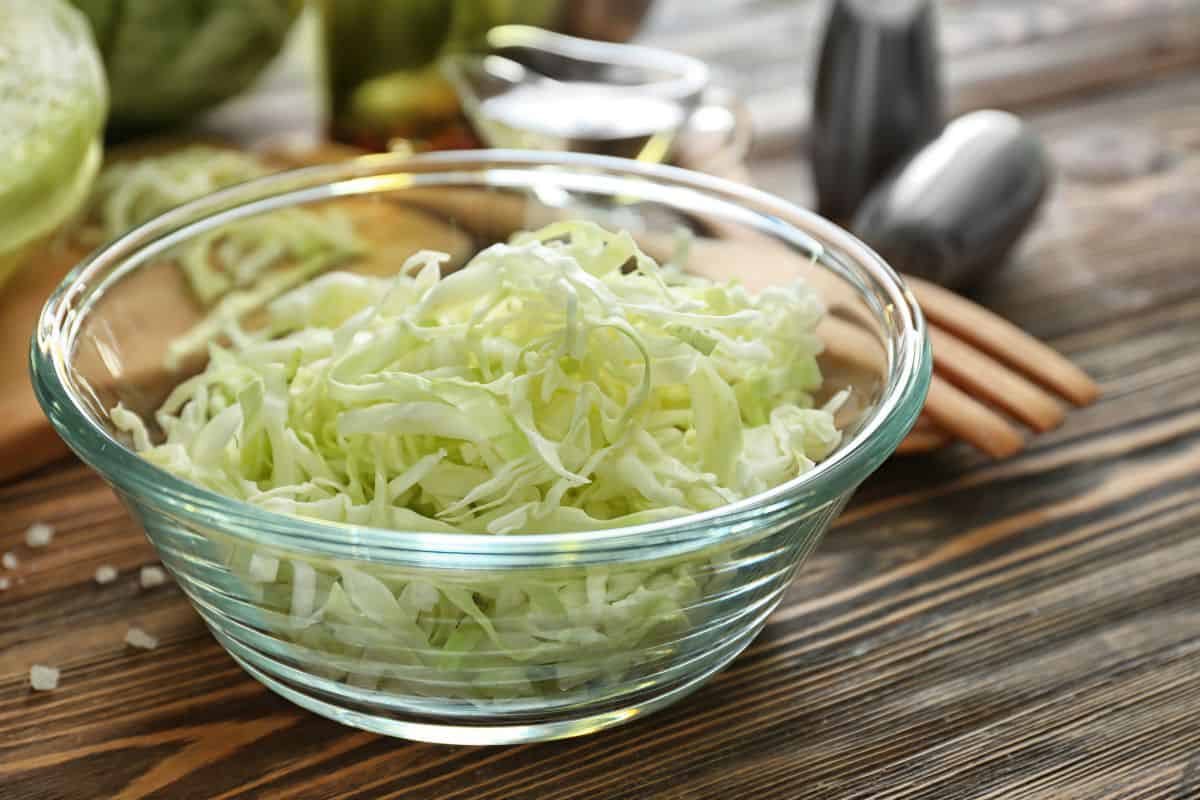
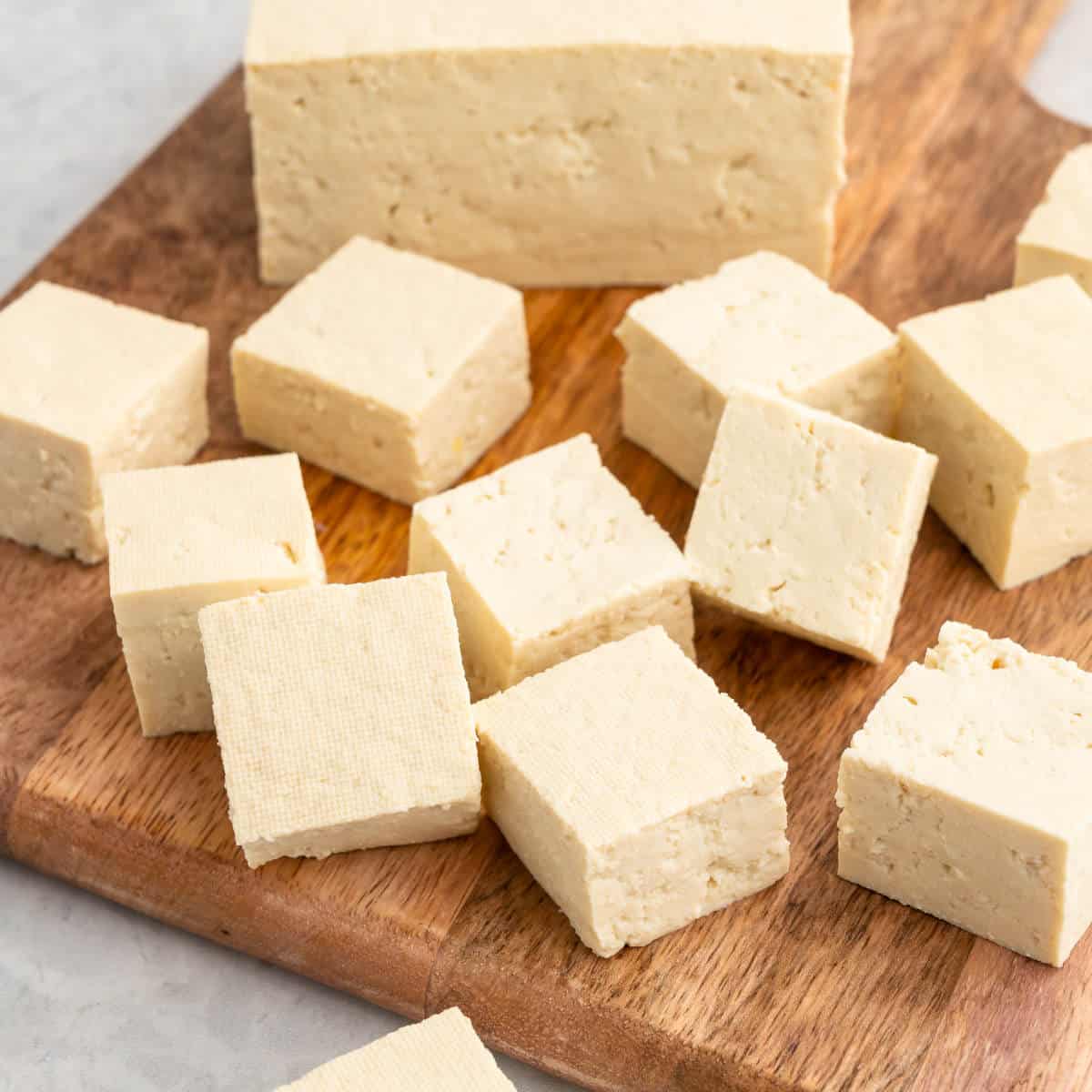


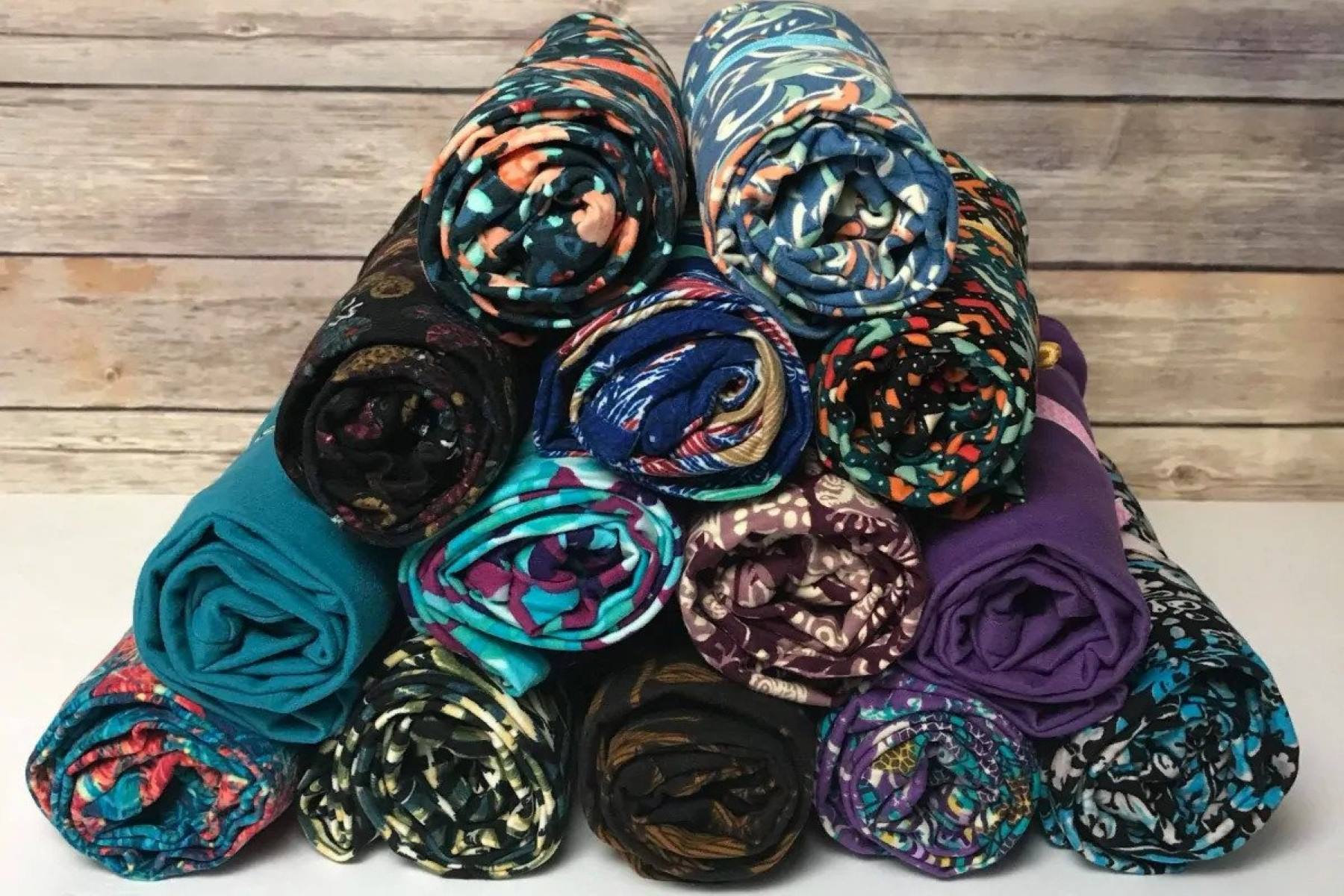
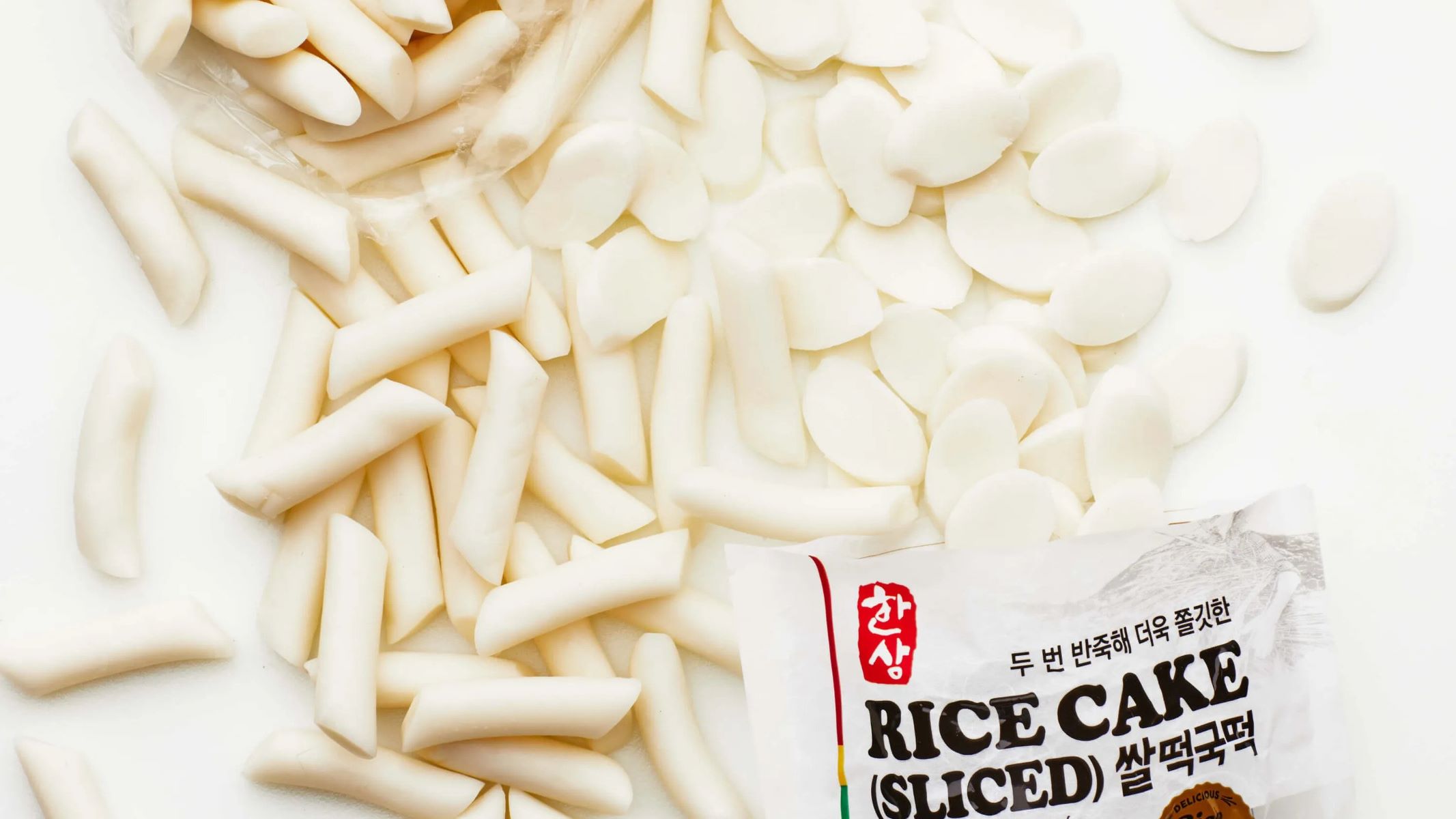
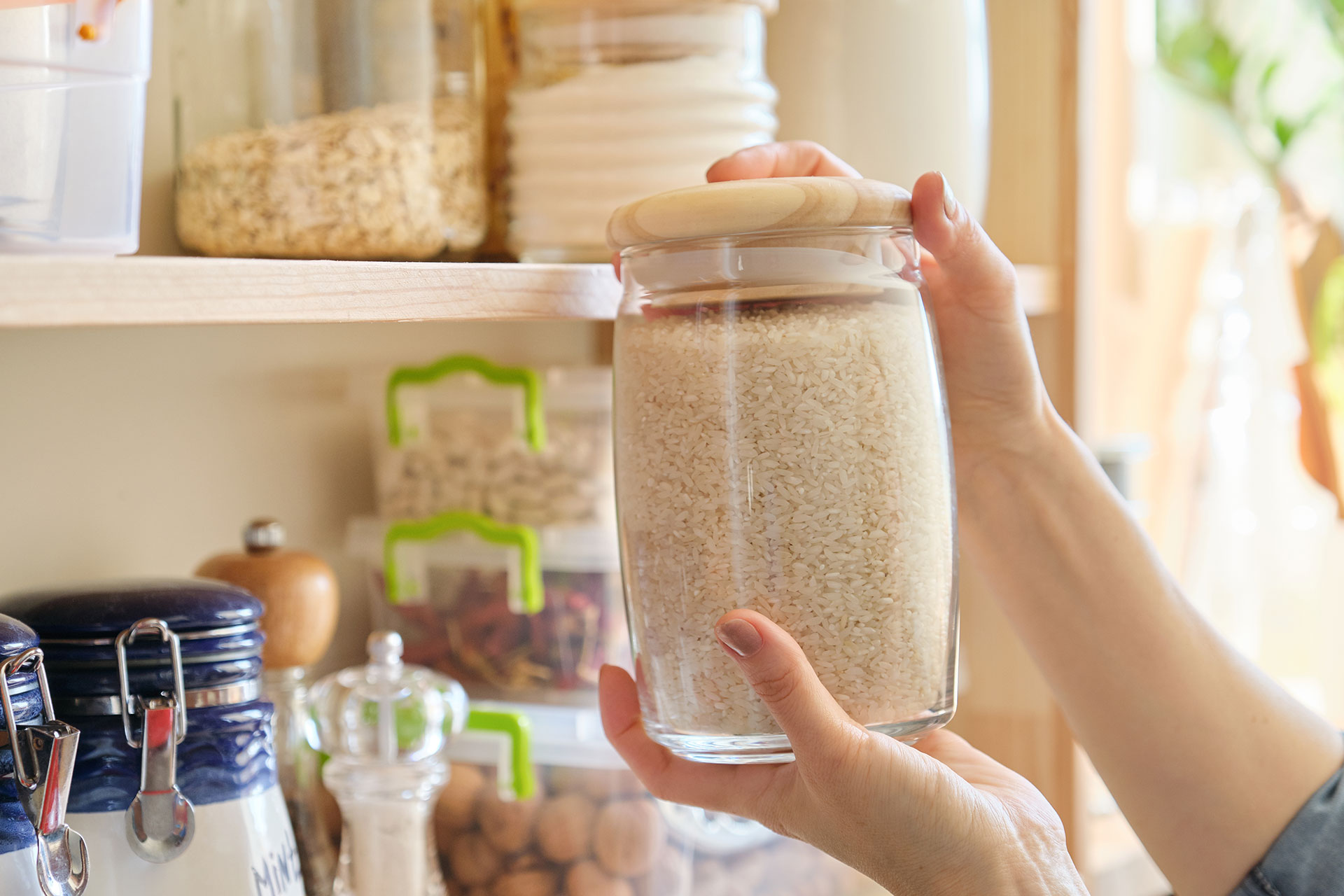
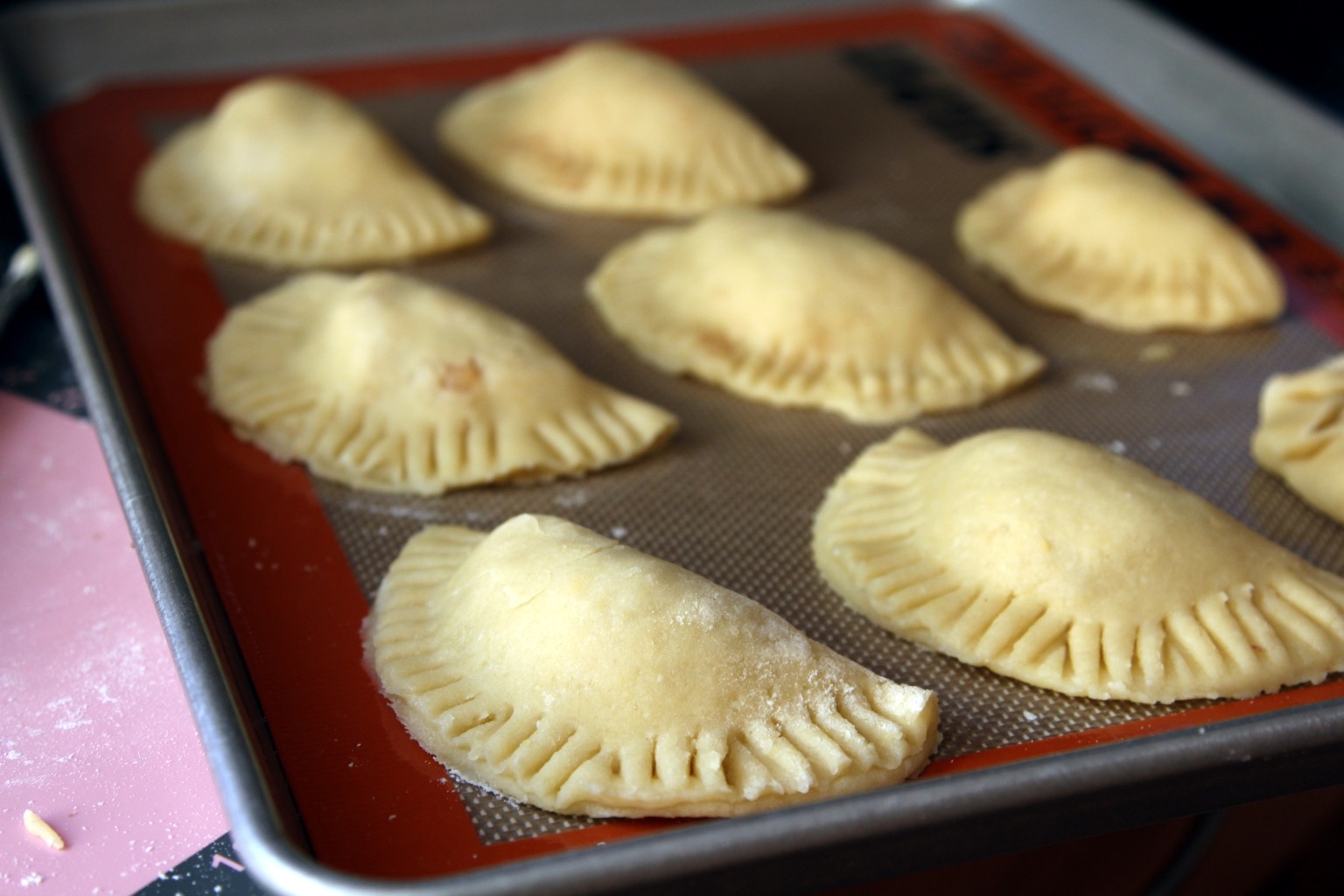

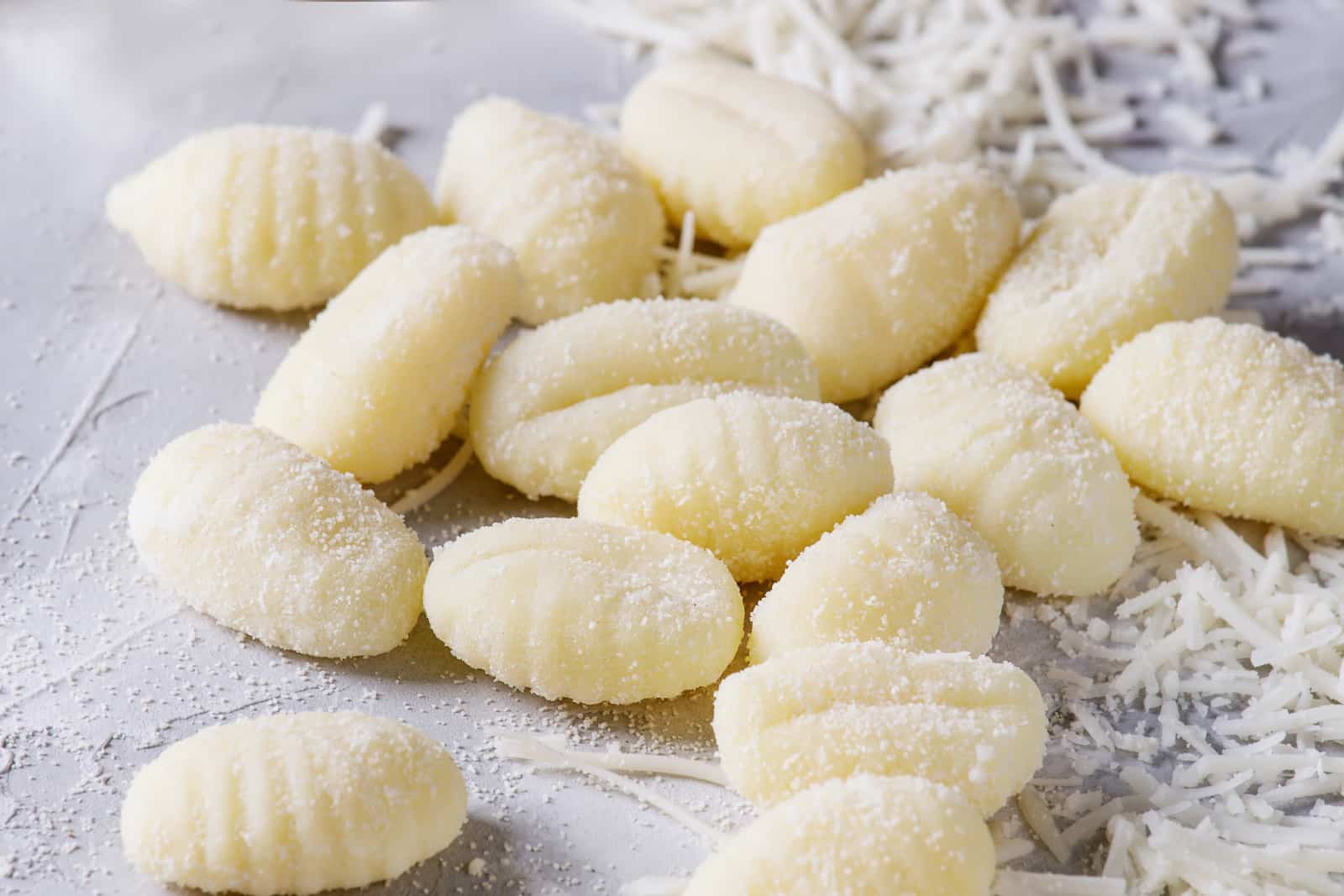

0 thoughts on “How To Store Uncooked Crab Legs”